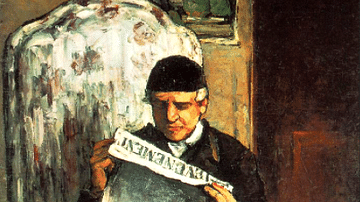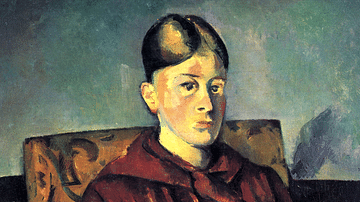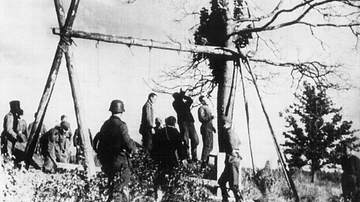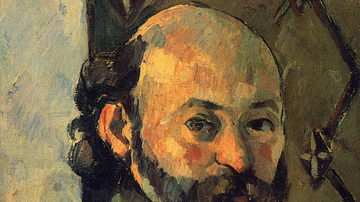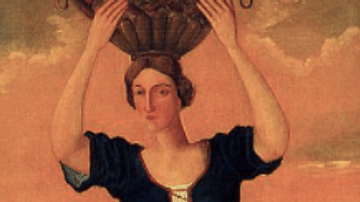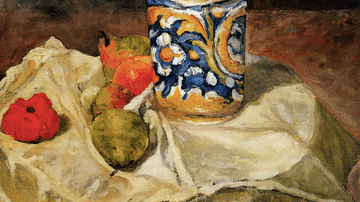Illustration
An 1873 painting in oils, The House of the Hanged Man, by Paul Cézanne (1839-1906), the French post-impressionist artist. A work which shows, through the dab-like brushwork, the influence of Cézanne's longtime associate Camille Pisarro, as well as the impressionist's concern with light. As is typical of Cézanne's landscapes, there are no figures in the scene. The name does not refer to an actual execution but is a play on words of the name of the owner. This painting was shown in the first exhibition of independent artists in Paris in April of 1874 (aka the First Impressionist Exhibition) and at the 1889 Universal Exhibition. (Musée d'Orsay, Paris)
Cite This Work
APA Style
d'Orsay, M. (2022, March 09). The House of the Hanged Man by Cézanne. World History Encyclopedia. Retrieved from https://www.worldhistory.org/image/15361/the-house-of-the-hanged-man-by-cezanne/
Chicago Style
d'Orsay, Musée. "The House of the Hanged Man by Cézanne." World History Encyclopedia. Last modified March 09, 2022. https://www.worldhistory.org/image/15361/the-house-of-the-hanged-man-by-cezanne/.
MLA Style
d'Orsay, Musée. "The House of the Hanged Man by Cézanne." World History Encyclopedia. World History Encyclopedia, 09 Mar 2022. Web. 31 Mar 2025.


